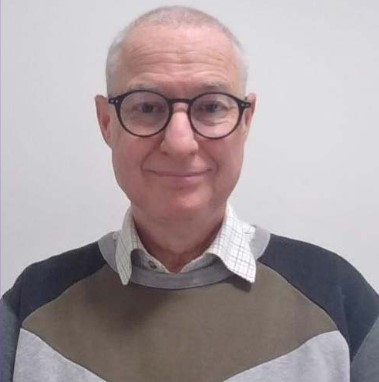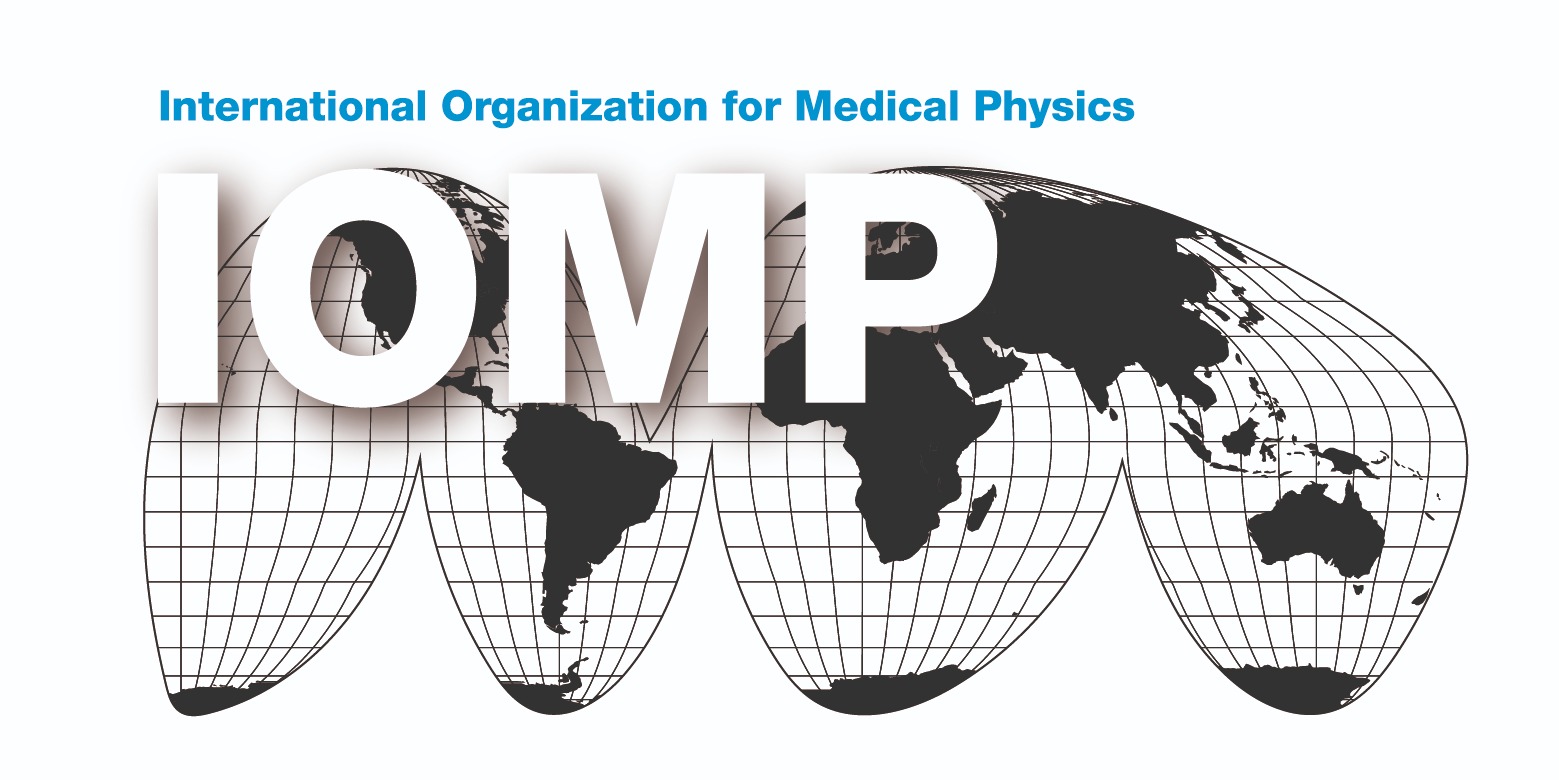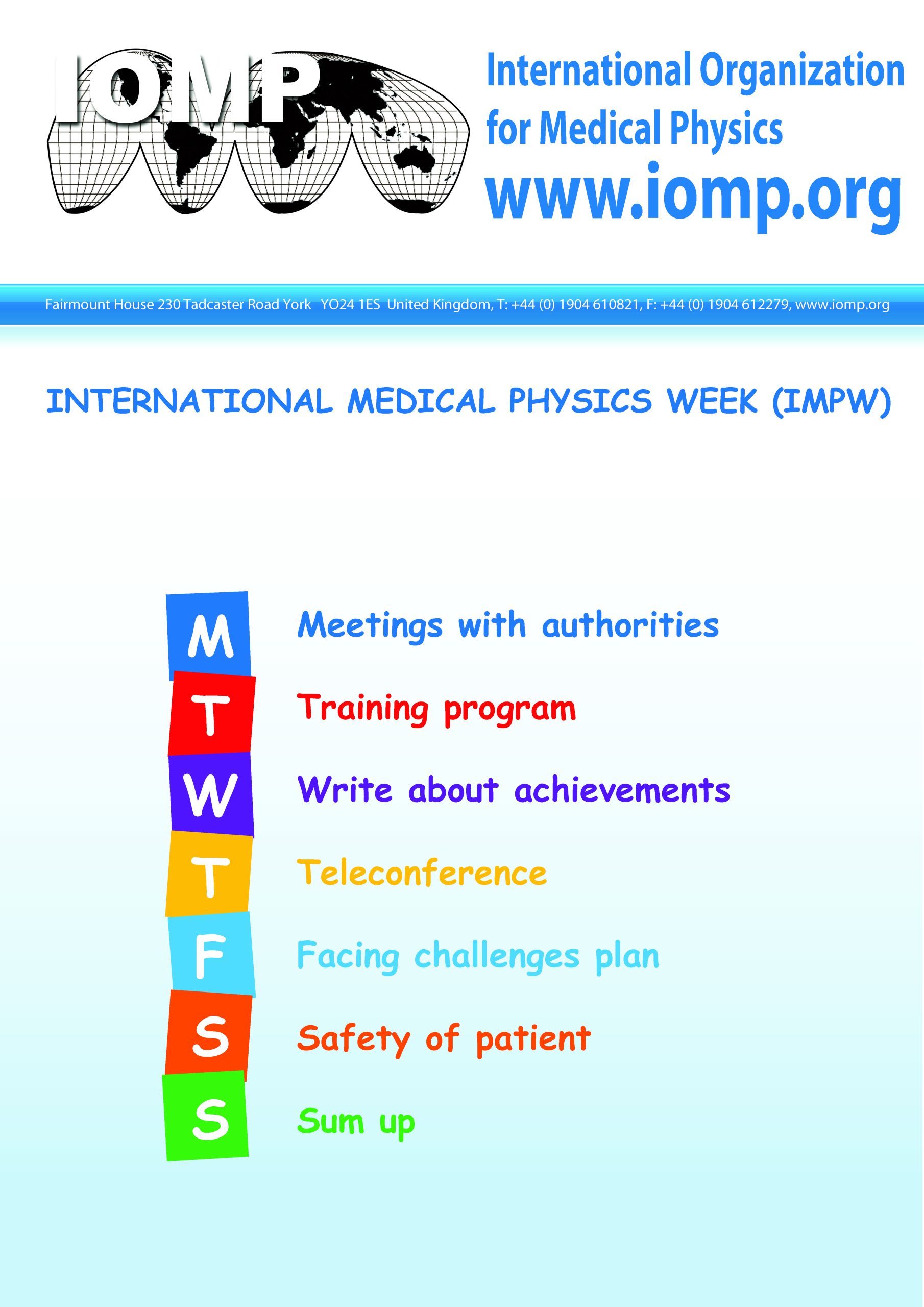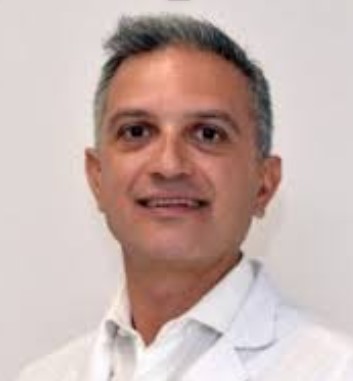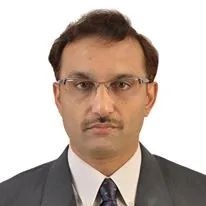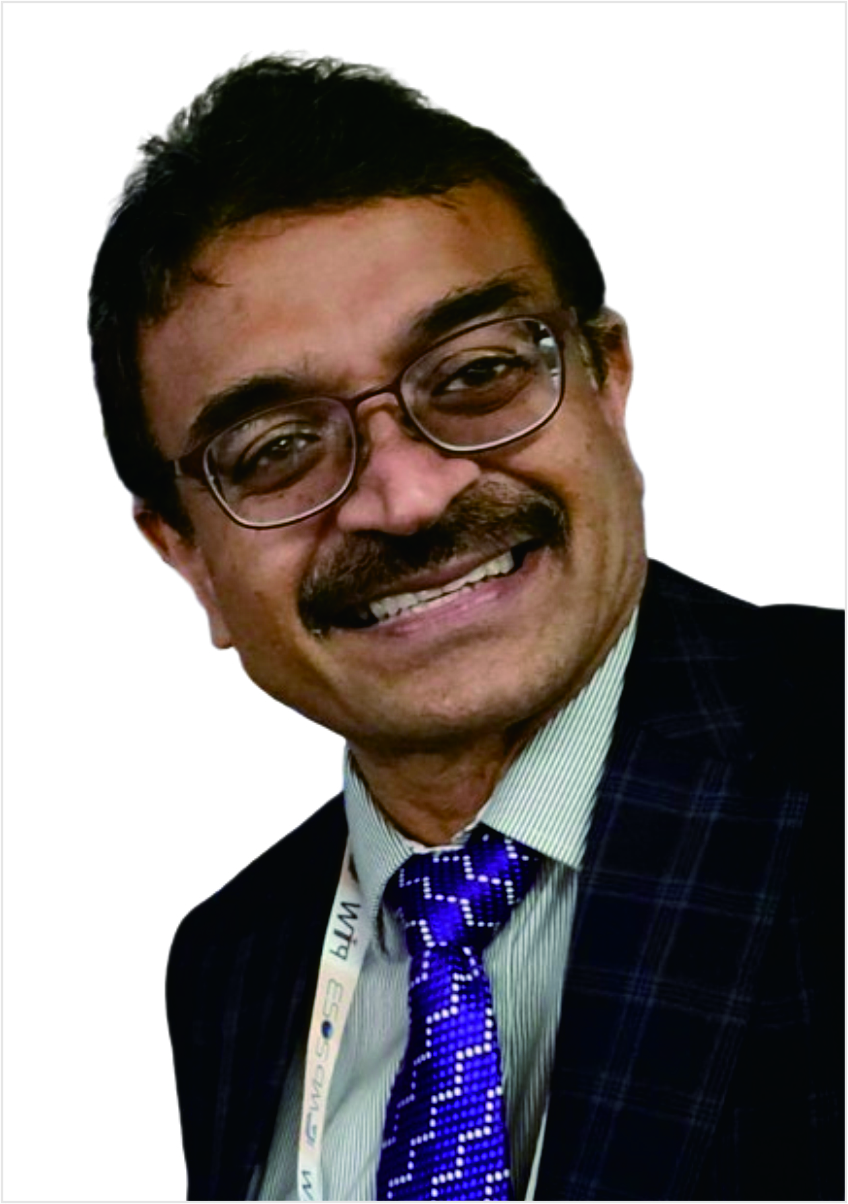Medical Physics in the Middle East
Tuesday, 23rd April 2024 at 12 pm GMT; Duration 1 hour
Update: 1 CME/CPD point is applied to this webinar.
View Recording
Moderator: Prof. Dr. Eva Bezak, IOMP Vice President
Speakers:
- Dr. Mashari Alnuaimi
- Dr. Hassan Kharita
- Dr. Rabih Hammoud
Part 1: Medical Physics in the Middle East: Current Status and Future Directions in Advancing Patient Care
Abstract:
Medical physics plays a vital role in ensuring the safe and effective use of technology in healthcare, particularly in regions like the Middle East where advancements in patient care are rapidly evolving amidst ongoing challenges and instability. This webinar aims to provide an insightful exploration into the current status of medical physics in the Middle East, shedding light on the technological innovations and practices that are shaping the landscape of patient care. Participants will delve into discussions on the latest advancements in medical physics technology, such as imaging modalities, radiation therapy techniques, and quality assurance protocols, and their impact on enhancing patient outcomes in the region. Moreover, the webinar will offer valuable insights into future directions for medical physics in the Middle East, identifying key areas for improvement and opportunities for collaboration to further elevate standards of care across the region, despite the challenges and instability it faces.
Learning Objectives:
- Understand the current status of medical physics practices in the Middle East and their impact on patient care amidst ongoing challenges and instability.
- Identify technological advancements in medical physics and their applications in improving patient outcomes in the context of the Middle East.
- Explore future directions and opportunities for further advancement of medical physics in the Middle East, considering the unique challenges and opportunities presented by the region’s geopolitical landscape.
Speaker: Dr Mashari Alnuaimi, President of the Middle East Federation of Medical Physics (MEFOMP). Head the Radiation Physics Department at the Kuwait Cancer Control Centre (KCCC) – Kuwait
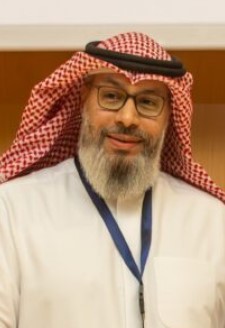
Dr. Mashari Al-Nuaimi has made significant contributions in the field of medical physics and radiation protection in medicine in the region. He has established the first dedicated medical physics unit in Kuwait, and currently serves as the Head of Radiation Physics Department and Head of Nuclear Medicine Physics Unit at the Kuwait Cancer Control Center. Dr. Al-Nuaimi is also actively involved with the International Atomic Energy Agency (IAEA) through national and regional technical cooperation projects to promote radiation safety culture. He holds a PhD in Medical Physics from University College London and has a strong educational background in nuclear medicine technology and medical physics.
Dr. Al-Nuaimi’s main responsibilities include Quality Assurance, Radiation Safety, Dosimetry, Research & Development, Teaching & Training. He has established several significant achievements, such as the establishment of the first medical physics unit with full support to nuclear medicine departments in Kuwait, the establishment of a Collaborating Center of the IAEA with KCCC, the establishment of the first EARL accredited center in the region for F18 FDG PET, and the establishment of the first American College of Radiation (ACR) accreditation for SPECT/CT in the region. He has also contributed to establishing Kuwait Cancer Control Center as a regional resource center for diagnostic and therapeutic nuclear medicine to Arab States in Asia for Research, Development and Training related to Nuclear Science and Technology (ARASIA).
Al-Nuaimi has worked in a variety of settings, including academic research, clinical practice, and industry with over 20 years of experience. In terms of teaching experience, Dr. Al-Nuaimi taught numerous courses in medical physics at both the undergraduate and graduate levels. He has also supervised several students in their research projects and has served as a mentor to junior colleagues. Additionally, He has published several articles in reputable journals and presented his work at international conferences.
Part 2: Advancing Diagnostic Imaging and Nuclear Medicine Education in the Middle East: Strategies for Success
Abstract:
Educational programs in medical physics are crucial for ensuring a skilled workforce capable of meeting the growing demands of diagnostic imaging and nuclear medicine services in the Middle East. This webinar aims to examine the current landscape of education and training initiatives in these critical areas, with a specific focus on strategies for success. Through expert insights, participants will gain an understanding of effective approaches to curriculum development and professional development in diagnostic imaging and nuclear medicine physics education. The webinar will also highlight innovative educational practices and collaborative efforts aimed at addressing challenges and maximizing learning outcomes in the Middle East region.
Learning Objectives:
- Evaluate the current status of medical physics education in the Middle East.
- Identify successful strategies for curriculum development, student engagement, and professional development in medical physics education.
- Discuss collaborative approaches and innovative practices for enhancing education and training in diagnostic imaging and nuclear medicine physics.
Speaker: Dr Mohammad Hassan Kharita – Assistant Executive Director of OHS – Medical Physics Section – Hamad Medical Corporation – Qatar
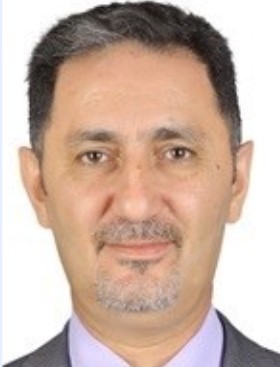
Dr. Mohammad Hassan Kharita is the Assistant Executive Director OHS Department – Medical Physics Section – HMC (HMC) overseeing all medical physics aspects in diagnostic radiology and nuclear medicine in addition to radiation safety issues at all 15 HMC hospitals. He was Radiation Safety Consultant in the International Atomic Energy Agency (IAEA) 2014-2015 and Director of Research in the Atomic Energy Commission of Syria where he was working until 2013. He obtained a PhD. Degree in Radiation Dosimetry in 1996 and M.Sc. degree in Applied Radiation Physics in 1992 from the University of Birmingham, UK.
He has vast experience with the IAEA as an expert to more than 40 expert missions (including IRRS, ORPAS and EduTA missions). He is the Vice President of the Middle East Federation of Organization of Medical Physics (MEFOMP) 2022-2025 and the Vice President of the Qatar Medical Physics Society (QaMPS) 2022-2025. He has published one book, one chapter and over 50 per reviewed publications with over 1200 Citations and H-index of 17.
Part 3: Building Capacity in Medical Physics for Radiation Therapy and Cancer Control: Collaborative Efforts in the Middle East
Abstract:
Radiation therapy plays a pivotal role in cancer treatment, necessitating strong infrastructure and skilled professionals in medical physics to ensure its safe and effective delivery. This webinar will showcase collaborative efforts aimed at building capacity in medical physics for radiation therapy and cancer control across the Middle East. Participants will explore successful initiatives and partnerships that aim to strengthen infrastructure, foster interdisciplinary collaboration, and enhance the skills of medical physicists in the region. Through case studies and expert discussions, attendees will gain insights into effective strategies for addressing challenges related to workforce development, technology implementation, and quality assurance in radiation therapy and cancer care. The webinar will also highlight opportunities for further collaboration and capacity-building efforts to advance cancer control initiatives in the Middle East.
Learning Objectives:
- Assess collaborative initiatives aimed at building capacity in medical physics for radiation therapy and cancer control in the Middle East.
- Explore strategies for strengthening infrastructure, fostering interdisciplinary collaboration, and enhancing skills in medical physics.
- Identify opportunities for further collaboration and capacity-building efforts to address challenges in radiation therapy and cancer care in the region.
Speaker: Dr. Rabih Hammoud – Chief Medical Physicist at National Center for Cancer Care & Research, Hamad Medical Corporation – Qatar
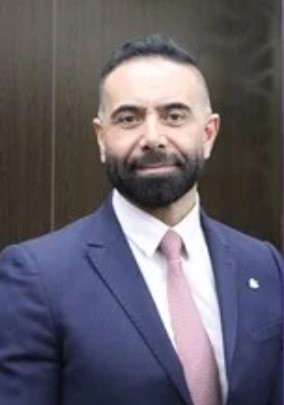
Dr. Rabih Hammoud presently holds a position as Chief Medical Physicist at National Center for Cancer Care & Research, Hamad Medical Corporation and an Assistant Professor of Medical Physics Research in Radiation Oncology at Weill Cornell Medicine – Qatar. He is an American Board Certified Medical Physicist since 2004.
He obtained his Master of Sciences Degree in Medical Physics from Wayne State University in US and completed his PhD at Universite De Bretagne Occidentale, in France in the same field.
He is an active member of several Medical Physics Societies locally and internationally like ASTRO, AAPM & ESTRO and an elected treasurer of Middle East Federation of Medical Physicist (MEFOMP). He has been invited as Faculty & Speaker of various activities of the medical and scientific societies as well as within HMC. He has also published numerous papers, book chapters & abstracts. Further, he is actively involved in IAEA activities as a participant to regional workshops and scientific meetings and an auditor for QUATRO expert mission. He hosted more than one IAEA Radiotherapy Courses. In addition, Dr. Hammoud is an examiner for the International Medical Physics Certification Board (IMPCB).

